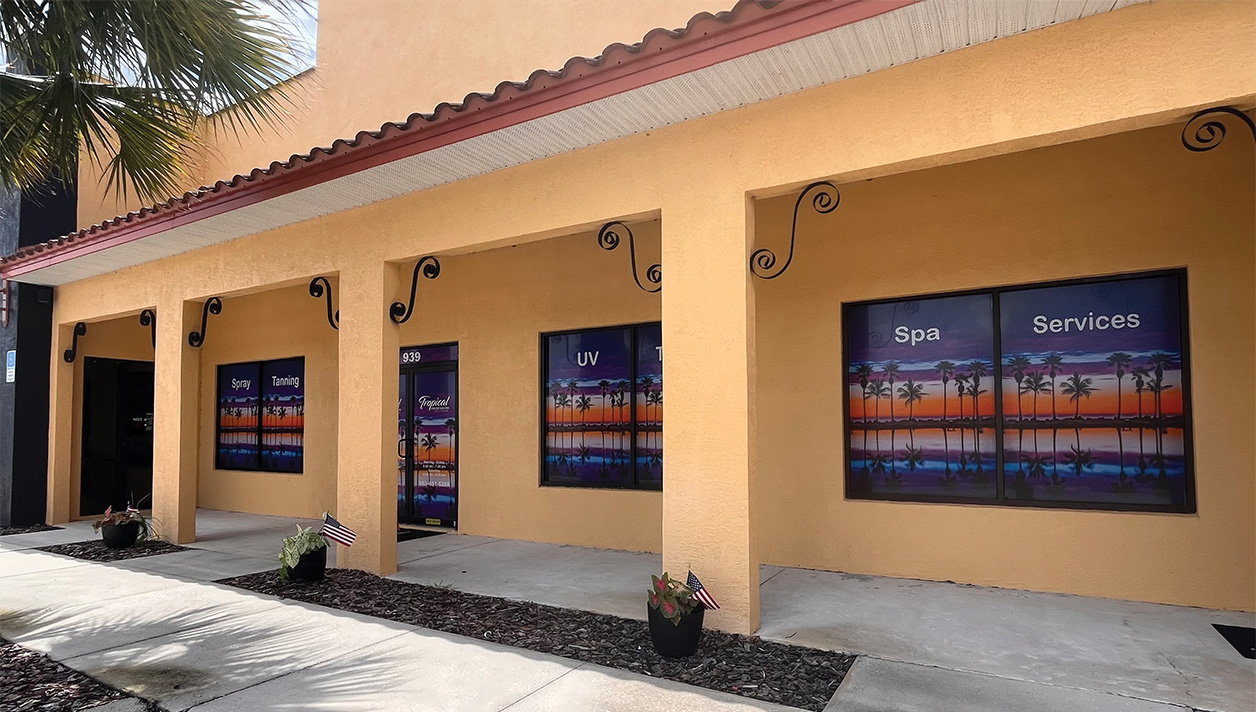Q: When installing replacement lamps, should we wipe them with plain water or polish and buff them with soft cloth? Or, do they come with a protective coating that may be reduced by using a wet solution and should possibly just be buffed and placed in equipment?
A: Before final packing at the production facility, new fluorescent lamps are treated with a light coating of silicone. This is to improve reliable starting in difficult circumstances which are not present in a tanning bed or booth. The silicone coating is not visible alone. It is not necessary to clean new lamps before installing them unless they are somehow in need of it due to small amounts of dust or phosphors (harmless) picked up during manufacture.
Cleaning with a damp cloth is all you should need. I say “damp” instead of “wet” because a wet cloth will leave water spots which may attract dust deposits or appear as a blemish when dry. If you get the lamp wet, dry it with cloth or a paper towel. A low-pressure sunlamp is easy to clean, but be careful to avoid bumping it on anything hard enough to cause a crack or break during the wipe-down.
Q: How often should I change my acrylic shields?
A: Acrylic shields should be replaced according to the manufacturer’s guidelines. Many salons retain acrylics past their useful life because they “look okay”. It is difficult to visually observe acrylic deterioration. A hand-held UVB meter, however, will aid in this determination. Measure UVB output with, then without the acrylic in place from the same place and distance; divide the “with shield” results by the “without” results to get the percentage of degradation in the shield’s transmissivity (8/9= .888, or 89%). Even new, an acrylic will seldom allow for 100% transmissivity.
Acrylics which show stress lines, cracks and/or discoloration (yellowing) may block as much as 30% – 50% of UV light transmission, resulting in complaints from your tanners, or worse, they take their business to the competition.
Q: What other sunbed maintenance should I regularly perform?
A: Keep lamps, reflectors and acrylic shields clean. Not only does this aid in removing heat from the lamp chamber, it will increase the unit’s output even if the accumulated dirt you remove is not visible. Replace glow-bottle starters every other lamp change or at least every 1,500 hours. A bad starter can quickly destroy a good lamp. Or, consider switching to electronic starters, which have a useful life of ten years.
Check all your fans to be sure they are running properly and maintain proper room temperatures with adequate air conditioning and ventilation. Higher temperatures can shorten lamp life, affect equipment performance and send your tanners down the street to your competitor’s salon.




























